- Joined
- Mar 26, 2018
- Messages
- 8,408
I love this surface gauge. It's an Ebay find. It's shop made, no markings on it at all.
It feels good to the hand, the quality is very good.
My questions,
How did he cut the rounded sides?
How did he round all the edges?
The top where the two angles meet, it's a clean, smooth transition.
I'd like to try to make one. I believe I have all the tooling.
I just don't know how to perform some of the cuts.
Thank you.
Jeff
It feels good to the hand, the quality is very good.
My questions,
How did he cut the rounded sides?
How did he round all the edges?
The top where the two angles meet, it's a clean, smooth transition.
I'd like to try to make one. I believe I have all the tooling.
I just don't know how to perform some of the cuts.
Thank you.
Jeff


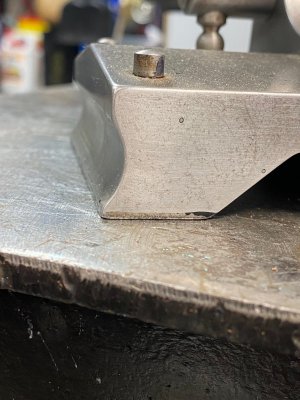
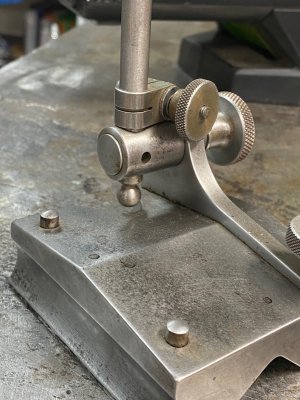
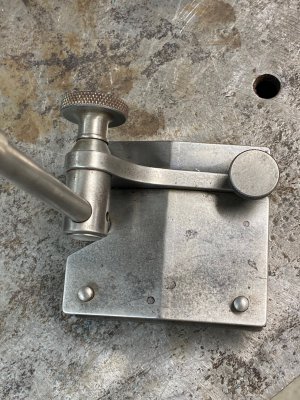
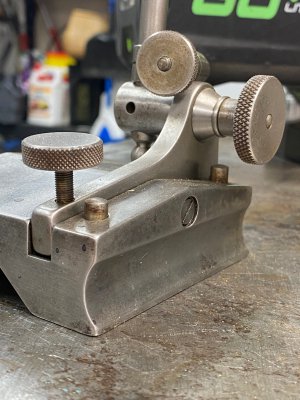
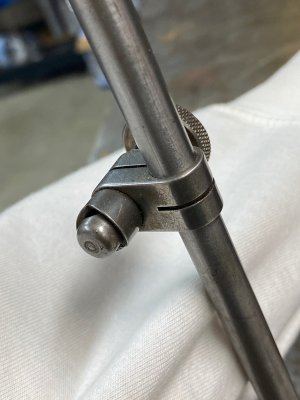
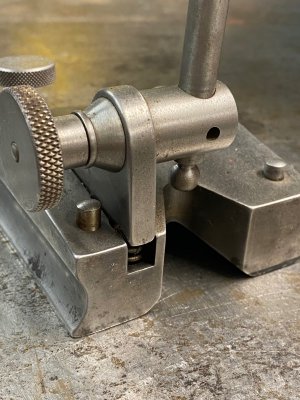
 Other than that , it's easy to make on a manual mill and then finish ground .
Other than that , it's easy to make on a manual mill and then finish ground .